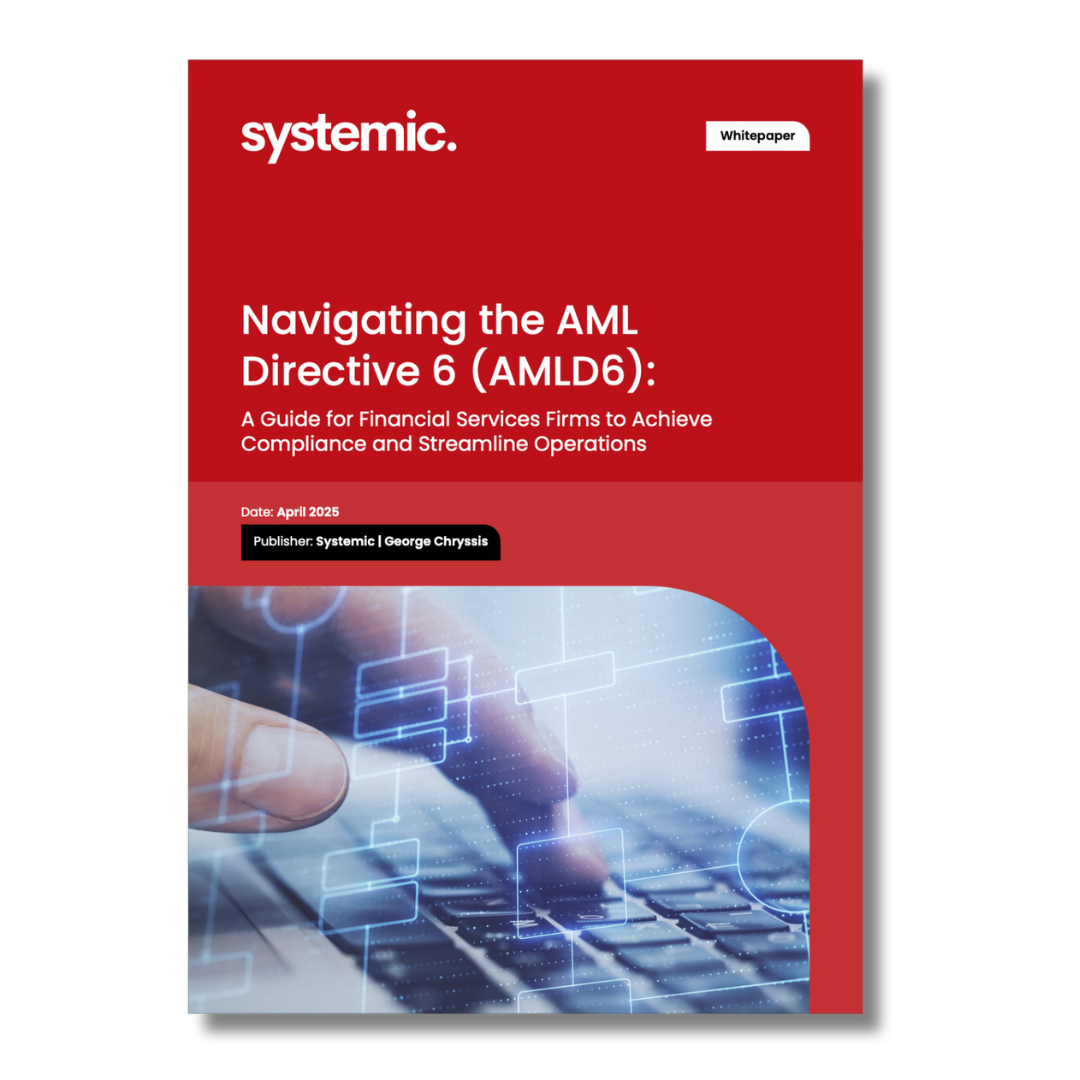The VaR metric has been transposed to the funds industry with minor adaptations. For example, the “Relative VaR” approach was introduced to address the issue of risk relative to a benchmark which unlike investment banks, is common to many funds.
VaR is a short term metric. It measures potential loss within a short time frame (typically one day in the original -banking- framework) assuming static positions. But what about the medium run which arguably makes better sense for hedge funds? The industry typically applies a simple scaling factor (for example √20). Is this enough for Hedge Funds?
Many Hedge Funds follow an active trading strategy. They wait for a set of market conditions to be met in order to adjust their positions accordingly. They pretty much anticipate their actions in advance, probably anxiously waiting for some barrier to be hit. Is it reasonable then for us to assume “static positions” during a VaR horizon of one month or so?
An effective risk manager therefore needs to fully understand the Hedge Fund’s investment strategy in order to assess its underlying risks. Merely understanding the characteristics of the current position (often, a daunting task in itself) is clearly insufficient, even if the risk manager has a PhD in nuclear physics and uses the most expensive risk system in the world!
For example, an active credit strategy might involve shorting a corporate bond position when CDS spreads fall below a certain threshold. The barrier might be almost hit, the investment manager just waiting for spreads to widen a bit further to make his move with his finger on the “Buy” button.
In such a case, how useful is it then if a naïve risk manager provides us with a 20-day VaR figure assuming unchanged positions? Not much! In order to account for the actual risks hidden behind such a situation, the risk manager who is fully aware of the strategy specifics needs to generate a number of scenarios involving future paths for the bond yield and CDS spreads and apply the strategy appropriately in future points in time. This could be done in a Monte Carlo simulation and/or a stress testing framework.
To further aggravate the problem, VaR can be inappropriate even for hedge funds following a static strategy. For example, an investment manager might have observed that the current spread between similar financial assets have widened more than what he sees as the “market equilibrium” as implied by observing the past behavior of prices. To take advantage of this situation he has created a long position on one financial asset, and a short position in the paired one. He might be determined to wait for a month or two for his “equilibrium” to matrerialise.
Our naïve risk manager might be applying a historical simulation based VaR approach (quite typical indeed). However, because both the risk manager and investment manager have used the same historical information to do their job, it is obvious that the VaR figure would seriously underestimate the underlying risks because they are both making the same assumption: History will repeat itself. Will it?
Regulators and senior management typically try to analyze best practices that have been applied with success by other organizations in order to prescribe a set of internal “rules” for their own situation. It is easy for such a prescription to become a “tick box approach” and for organisations to be fooled in believing that they are following the best practices. By doing so they ignore the best practice of all for any risk manager: to be constantly alert, trying to understand the essence of his situation, always feeling unsatisfied with his models and assumptions, constantly asking himself: what if…






